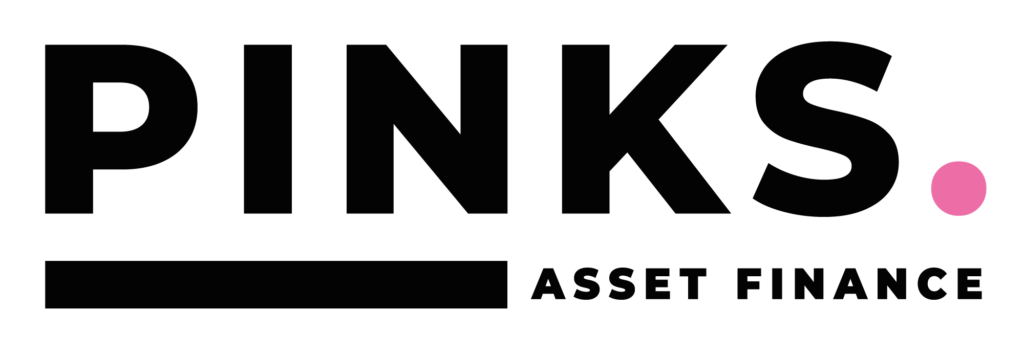Take the hassle out of ownership with an operating lease.

What Is an Operating Lease? A Flexible Finance Option for Your Business
An Operating lease can offer a smart alternative to purchasing equipment outright—giving businesses access to vital assets without the long-term financial commitment. Whether you’re leasing vehicles, machinery, or office tech, this approach can free up capital and boost flexibility.
In this guide, we’ll explore how operating leases work, weigh the pros and cons, outline common use cases, and walk through tips for negotiating the best terms.
What Is an Operating Lease?
Think of an operating lease like renting, but for business-critical assets. You make fixed payments to use the equipment for a defined term, but ownership stays with the leasing company (the lessor).
It’s ideal for short- to medium-term use, particularly for assets that depreciate quickly—like IT, vehicles, or specialist machinery. At the end of the lease, you can return the asset, renew the agreement, or (in some cases) negotiate a purchase.
Benefits of an Operating Lease
Operating leases can offer several advantages:
- Lower upfront costs – No large capital outlay required.
- Cash flow friendly – Spread payments over time with predictable monthly costs.
- Tech and equipment upgrades – Easily switch to newer models at the end of your lease.
- No depreciation risks – You don’t own the asset, so resale value isn’t your concern.
This model is particularly useful for assets with limited shelf life or those likely to be replaced by newer technology in a few years.
Potential Drawbacks of an Operating Lease
There are some things to consider before committing:
- Potentially higher long-term cost – Over time, leasing can cost more than buying outright.
- No asset ownership – At the end of the term, you return the asset unless a purchase is agreed.
- Limited customisation – You may not be allowed to modify or alter leased equipment.
- Additional costs – Insurance, maintenance, or excess usage fees can add up.
Always read the small print and weigh the true cost of leasing versus buying based on your business needs.

Common Uses for Operating Leases
Operating leases are widely used across industries. Here are some of the most common applications:
- Company vehicles and fleet cars
- Office printers, photocopiers, and telecoms equipment
- Construction equipment and tools
- IT hardware like laptops, desktops, and servers
- Specialist machinery or high-cost technology assets
It’s especially useful for businesses that only need the asset temporarily or want to regularly upgrade to the latest model.
How to Negotiate an Operating Lease Agreement
Getting the best deal means knowing what to look for. Key points to negotiate include:
- Lease term and renewal options – How long is the agreement? Can you extend it?
- Monthly cost and what’s included – Are maintenance and servicing part of the deal?
- Responsibility for insurance and repairs – Clarify who pays for what.
- Exit clauses and early termination fees – What happens if your business needs change?
- Optional purchase at lease end – Can you buy the asset if needed?
It’s always wise to consult with a legal or finance professional and ensure everything is crystal clear before signing.
Is an Operating Lease Right for Your Business?
If you need access to high-quality equipment without locking up capital, an operating lease can be a flexible, cash flow-friendly option. Just remember to consider your long-term goals and weigh up the cost of leasing versus buying.
For businesses looking to stay agile, keep their tech current, and minimise asset risk—an operating lease could be the perfect fit.
Need Help Navigating Leasing Options?
At Pinks, we make leasing simple. From short-term agreements to custom asset finance solutions, we help UK businesses find the best option for their budget and growth goals.
Speak to Chris today and discover how an operating lease can unlock new possibilities for your business.